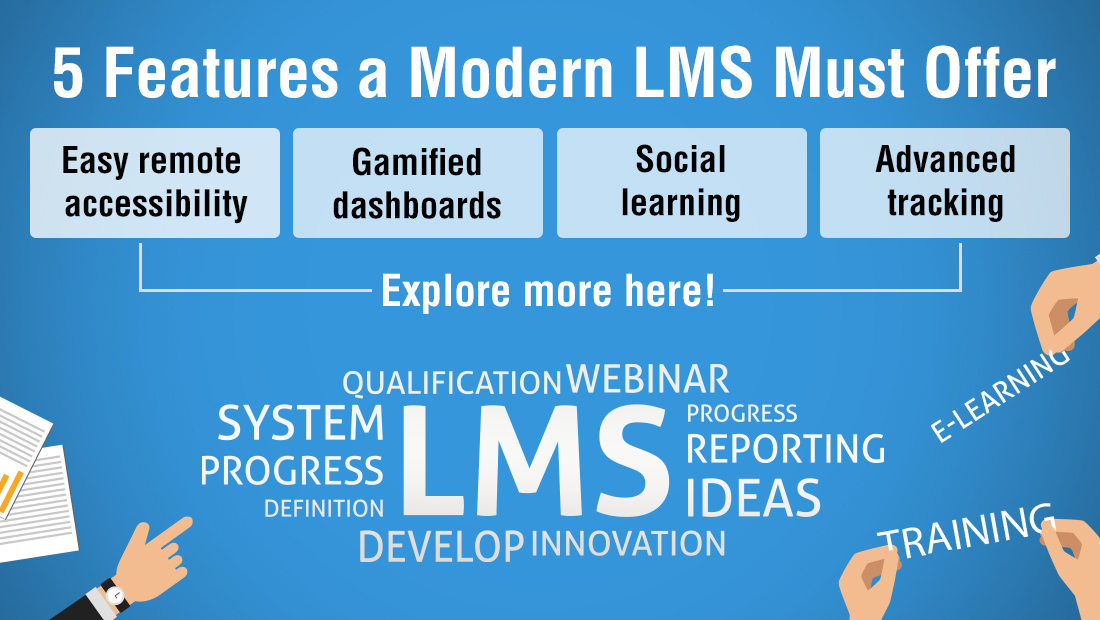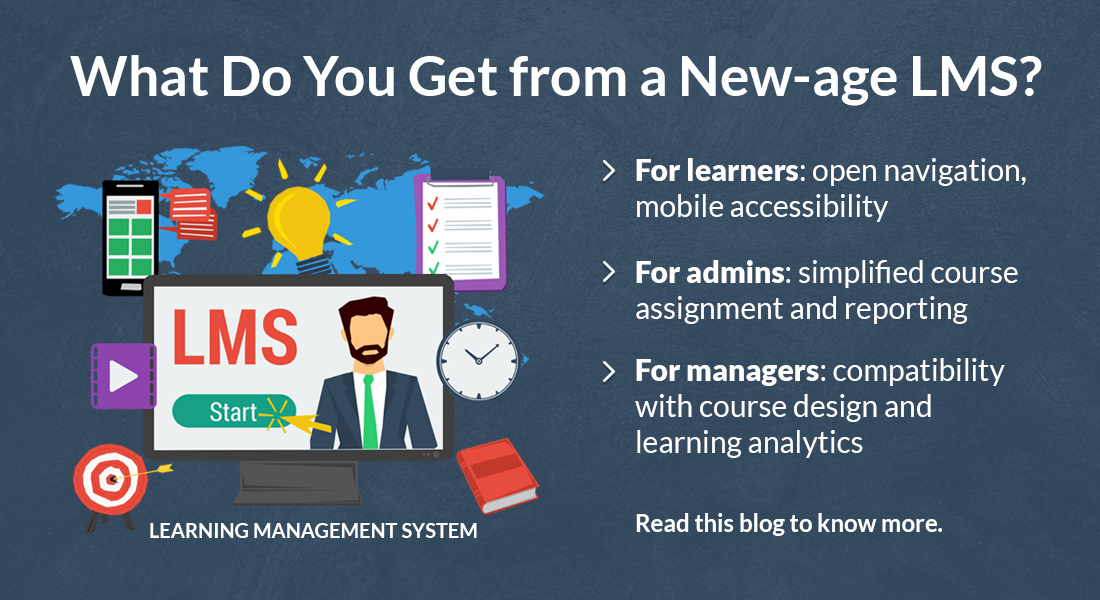How to Optimize Corporate Training Courses with Learning Analytics?

When a company invests in eLearning, they expect a high training ROI. L&D teams are working to constantly adapt their corporate training programs to fit the needs of their organizations and employees. Did you know companies can leverage company data with learning analytics to enhance the quality of their employee training?
The data used by employees give insightful details of their learning needs. Learning Analytics uses this data to optimize the training program and curate content based on the employees’ needs. Learning analytics is gaining popularity for improving eLearning courses, boosting employee performance, and increasing ROI (return on investment).
Wondering How Learning Analytics Can Create Personalized Learning Experiences?
Learning analytics improves organizational knowledge of employees’ learning needs through:
- Level 1: Descriptive Analytics
- Level 2: Diagnostic Analytics
- Level 3: Predictive Analytics
- Level 4: Prescriptive Analytics
The Society for Learning Analytics and Research (SoLAR) defines learning analytics as “the measurement, collection, analysis, and reporting of data about learners and their contexts, for purpose of understanding and optimizing learning and the environments in which it occurs.”
Learning analytics provide significant benefits for training managers as well as business leaders and operational managers. This tool helps trainers understand the inadequacies of their training modules. It suggests adapting the content, format, and presentation of eLearning courses for better results. The learning analytics tool offers a better understanding of employees to help their companies fulfil their learning needs and uplift productivity. Organizational accountants also find learning analytics helpful. With the help of this tool, they can determine the training budget after understanding what changes are required by existing modules.
Ways to Leverage Learning Analytics for Enhanced Corporate Training Programs
Now that you know the ways data analysis can improve corporate training programs, where do you suppose this data is contained? If your company has set up an LMS (Learning Management System), then you have found the proverbial Aladdin’s cave of data.
An LMS is a one-stop-shop for managing online learning resources. It’s a digital platform that allows L&D (learning and development) managers to host, launch, and track online learning modules. While performing its regular functions, it also generates a plethora of information, such as completion rates, assessment scores, time taken to finish a course, the number of views, videos, and links, to name a few.
With learning analytics, L&D teams can track employee progress using data from the LMS. It helps training managers prepare for the needs of their employees and predict potential challenges they might face. Learning data could reveal how many employees don’t finish a particular course or that they watch a certain video over and over. With this information, one can ask all-important questions regarding the challenges that are causing specific issues. These questions help L&D teams adapt their courses to meet their employees’ learning requirements.
Learn more about the LMS and its power to overcome business challenges here.
Learning Analytics aids the personalization of eLearning courses based on employees’ diverse roles. Learning data can be stored in the LMS to develop personalized training or in other words adaptive learning, which is a popular eLearning trend. L&D teams can assess and implement adaptive learning by understanding employee roles as well as the data and feedback they generate.
Learning analytics can encourage a regular feedback loop from the impact made by the eLearning course. When training managers get involved in the data, they can see the employees that are doing well and the ones that need more help. We recommend that training managers reward positive results and pay attention to the ‘why’ when learners don’t achieve desired outcomes. A feedback loop can directly affect employee engagement and create a growth environment of continual learning.
The Metrics Used to Gain Insights into Your Training Courses
Once a company begins to collect data, it comes in overwhelming abundance. How do you use learning analytics to make sense of the information? That’s why there are four levels that enable the regular analysis of learning data:
Level 1: Descriptive Analytics
Descriptive analytics is a preliminary understanding of the data. Here you observe the common trends, such as module completion rates or whether employees left the course before completion. Descriptive analytics is about noticing trends. Once you know what happened, you can ask why? This interrogation leads to the next level of learning analytics.
Level 2: Analytical Diagnostics
Analytical diagnostics enable L&D teams to understand the reason behind trends. Why does a module have lowered completion rates? What does that imply for the course? Completion rates can be a good indicator of engagement. If employees are struggling to complete a specific module, it could mean they cannot comprehend a certain concept. The course’s high completion rate often means learners have grasped concepts and can hold on them.
Level 3: Predictive Analytics
Predictive analytics is the third level of learning analytics. It allows L&D managers to predict the likely outcomes in the future based on existing data. Will current completion rates persist in the future? Would the reasons be the same? Predictive analysis allows instructors to pose important questions that leads to the next level: Does the current training module need a change?
Level 4: Prescriptive Analytics
Prescriptive analytics is the last level of learning analytics. As the name suggests, it prescribes a solution to the problem. Here, we determine adaptive measures to gain expected outcomes in the future. Prescriptive analytics suggests ways to help trainees absorb concepts better and increase course completion levels.
In-built data collection provides enlightening insights into the learning behavior of employees. However, one must not forget performance statistics can recognize quotidian behavioral patterns, engagement during courses, and FAQs by learners. These indicators reflect the problem areas of employees and L&D teams can use them to optimize corporate training.
Learning analytics is a powerful tool for perfecting a company’s training strategy. Different levels of data analysis lead to greater personalization of the content. The data attained helps determine whether all learning resources tie into the business strategy or not. If needed, trainers can filter and manage the content to adapt to the target audience, and they can present it in a more receptive way for higher engagement and increased completion rates.
It’s a Wrap!
Now you know that every company can benefit from the data generated by its employees. The demand for personalized corporate training programs for role-specific, diverse learning needs has created a tremendous need for learning analytics. This tool offers informative insights into the effectiveness of corporate training programs and helps L&D teams to leverage their company’s data to gain maximum benefits from the training.
If you are ready to make the most of your company’s data to optimize your corporate training programs, then click here to access our free webinar recording.



![6 Tips to Design Mobile-Friendly Gamified Courses [Infographic]](https://blog.commlabindia.com/hubfs/Imported_Blog_Media/gamification-mobile-learning-tips.jpg)

